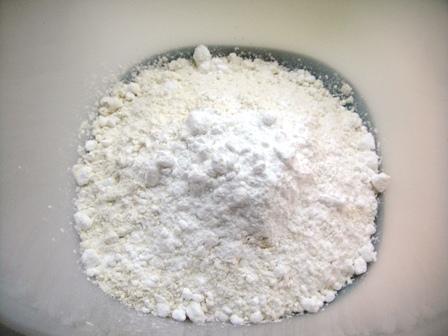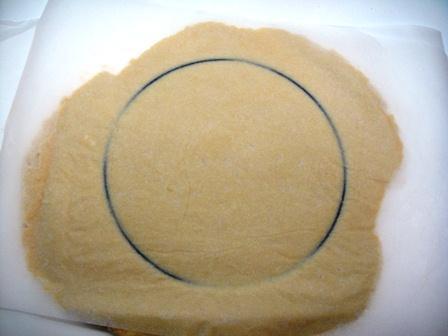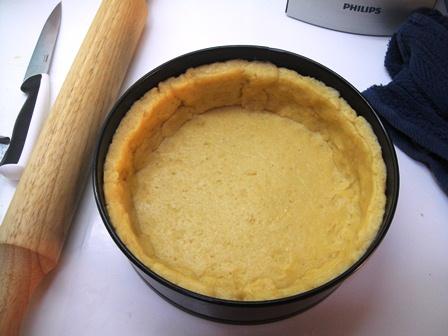
How to make cheesecake pastry
Tuesday 1st September 2011, Recipe 20110901B
How to make cheesecake pastry – an introduction
In a previous article I had left out the cheesecake pastry when I mentioned that the absorb-ability of the flour is an important criteria when choosing which flour to use for you cheesecake pastry. I ran a few experiments after I found butter leaking out of the dough when baking and I managed to stop the dough leaking butter during bake. Today, I managed to make my pastry soft and buttery and absorb all the butter flavour without leaking out of the dough during baking. The secret was to use a 50%:50% blend of highly absorbent bread flour and self-raising flour. Interesting isn’t it that we can use bread flour to make pastry. Actually the pastry comes out tender, buttery and slightly crispy.
This the recipe for the cheesecake pastry
| Cheesecake pastry | ||||
| Item | Ingredients | Percentage | Weight | Weight |
|
(%) |
(g) |
oz. |
||
| Sponge | ||||
|
1 |
Bread Flour |
50 |
150 |
5.28 |
|
2 |
Self-raising Flour |
50 |
150 |
5.28 |
| Subtotal |
100 |
300 |
10.56 |
|
|
3 |
Sugar |
10 |
30 |
1.06 |
|
4 |
Egg |
30 |
90 |
3.17 |
|
5 |
Salt |
1 |
3 |
0.11 |
|
6 |
Salted Butter |
50 |
150 |
5.28 |
The cheesecake pastry was slightly salty and would suggest either you don’t add the salt or use unsalted butter. 60g of egg is one large egg.
Photos of cheesecake pastry making process

Add all the dry ingredients into the flour and mix it so that they are uniformly distributed within the flour.

Then add the rest of the ingredients in one go and mix it with a spoon. Do ensure the butter is soft – take out of the fridge a few hours earlier. Do note there is no special mixing, creaming, or crumbling technique with this cheesecake pastry recipe and you will understand later when you see the results. This is due to the presence of self-raising flour.

The dough, for this cheesecake pastry recipe, is weak and soft and a little wet. I have not solved for the weak dough yet. I had even tried adding the egg first with the dry ingredients to force some gluten formation but that did not work. In another experiment I had tried adding 10% water to force gluten formation but that didn’t work either which means that the softness of the dough is due to the high amount of butter. I didn’t even bother to let it rest for half an hour in the fridge. I guess that would be helpful but I did not notice much difference.

Since this cheesecake pastry dough is very soft and tacky and easily breaks it is not easy to roll it out into sheets. I was planning to bake this pastry in one of those tins where the side walls can be separated from the bottom plate. The black in the picture is the bottom of the tin. I placed the dough on the bottom plate and a baking paper on top to roll out the dough.

It rolls out quite easily and I have the bottom part of this cheesecake pastry of uniform thickness. I used the remaining dough, which is lying outside the bottom plate in the picture to line the walls of the baking tin.

Just cut the excess dough from the bottom plate, into strips and line the walls of the tray with it. I would suggest that you make the walls of the pastry a lot thinner as they will expand a lot during baking.

The pastry was baked for 15 minutes at 210C (410F). It was a pretty quick bake time and this is probably due to the air pockets created by the self-raising flour. You will notice that the walls of the pastry have slid down as there was no structural strength at high temperature from the melting butter during bake. Furthermore I did not use any beans to weigh down the bottom of the pastry during baking.
Honestly, this recipe is good for a flat pastry onto which you add toppings later, after baking. It would be delicious if you made this pastry as a flat layer and then topped with chocolate icing which means that you do not have to use it only cheesecake.
This article “How to make cheesecake pastry” was researched and written by Peter Achutha.
Leave a Reply